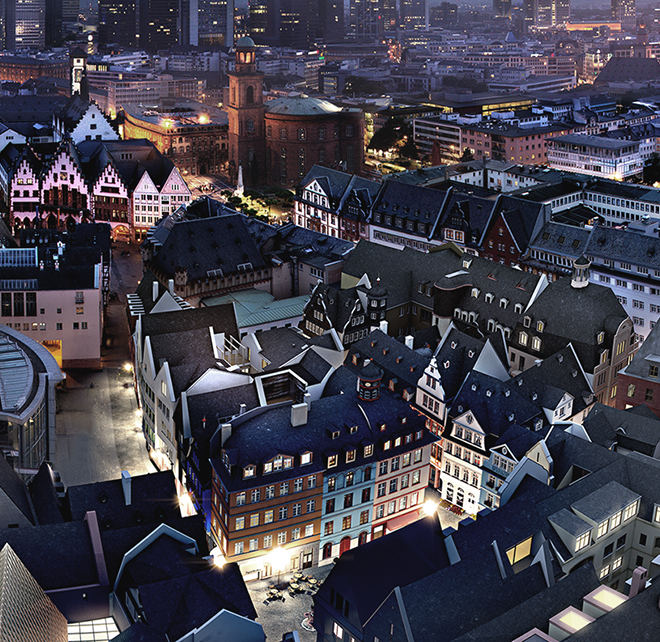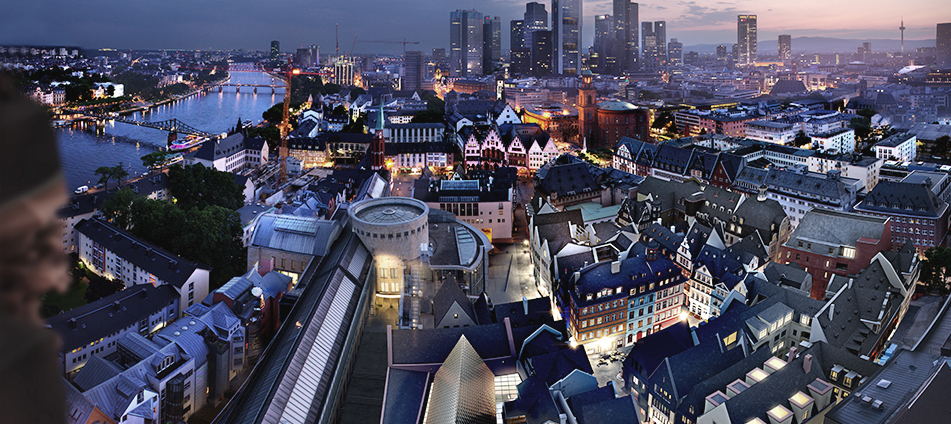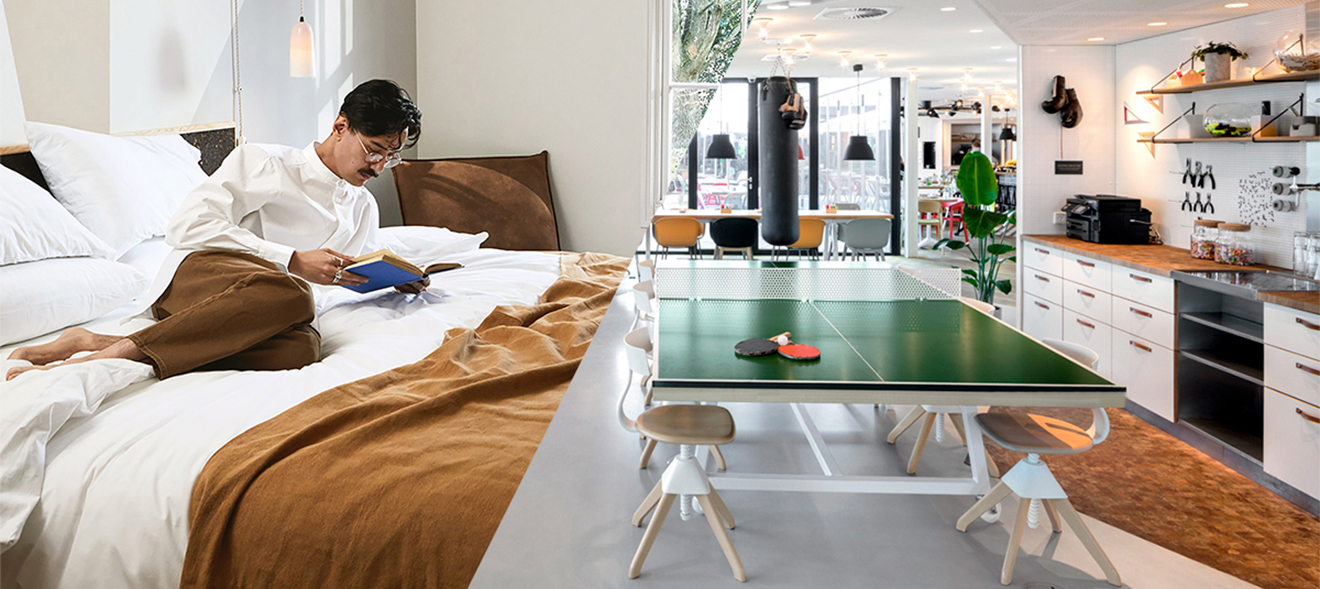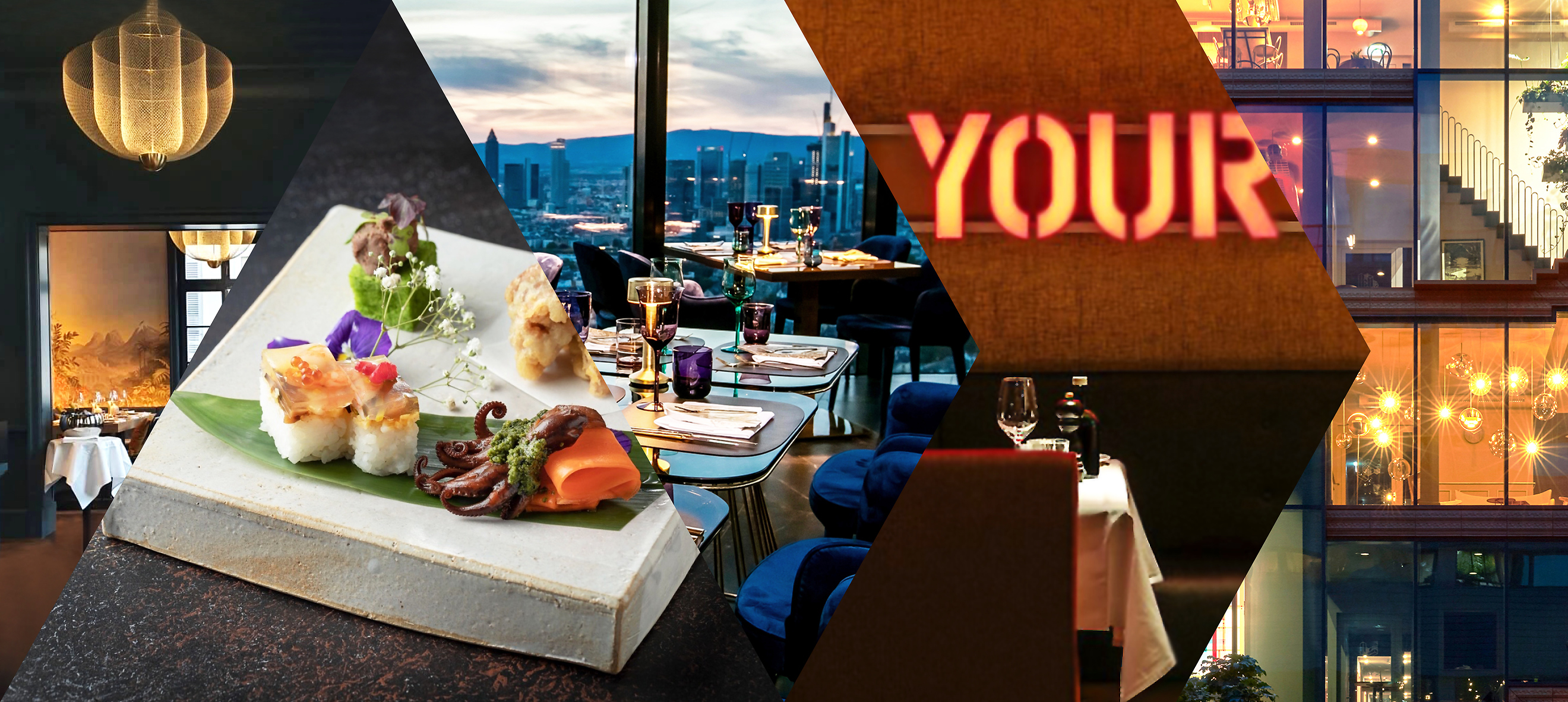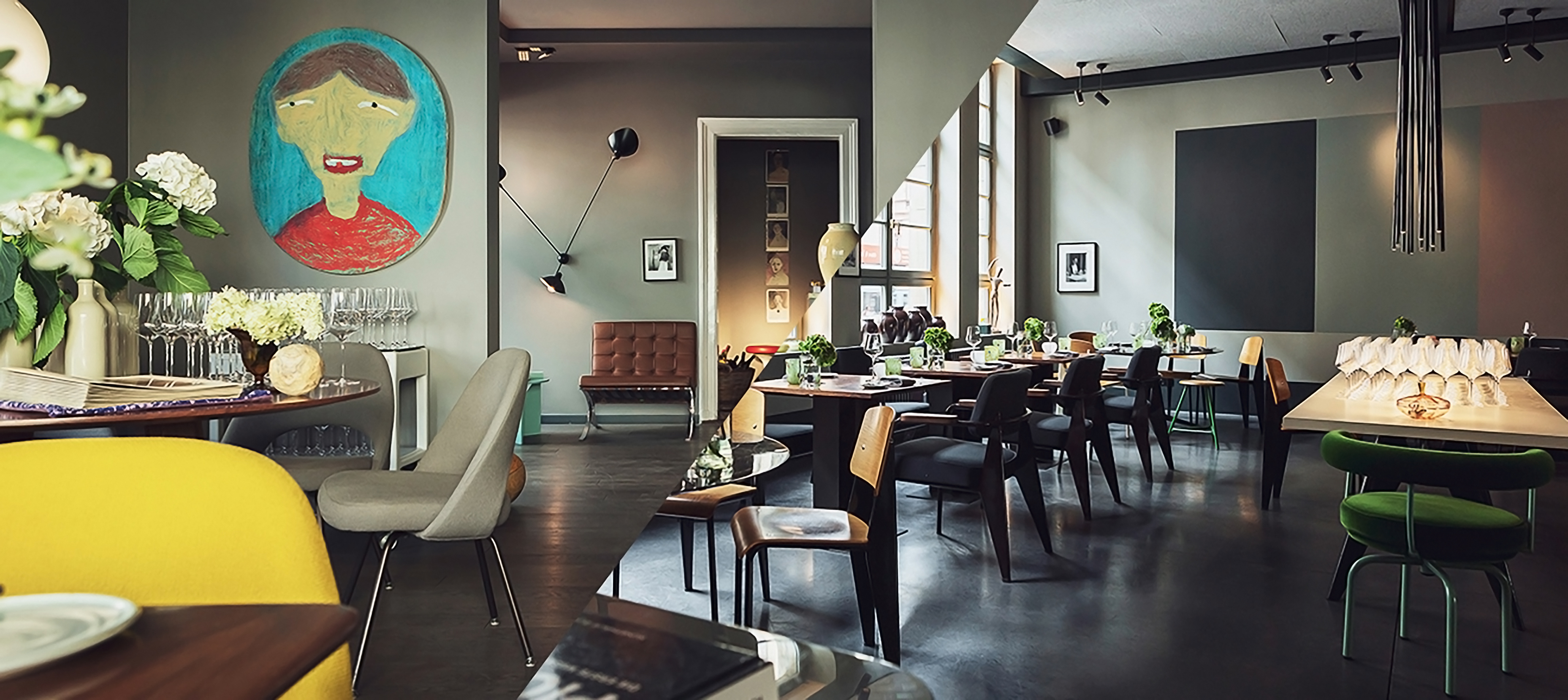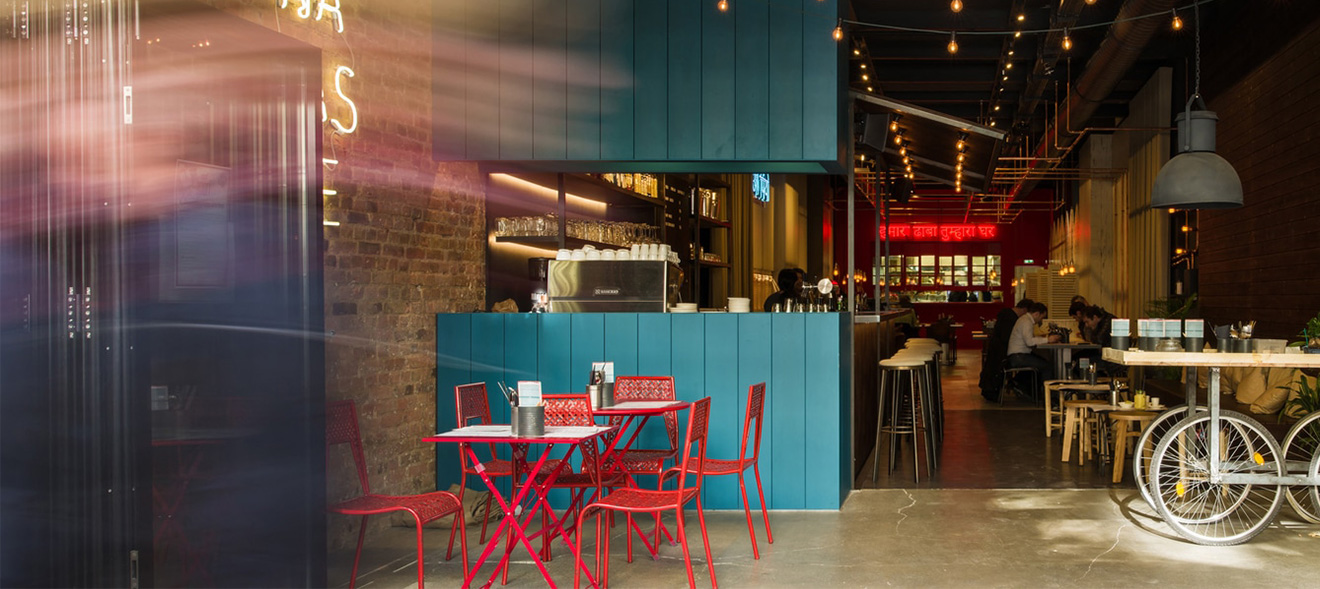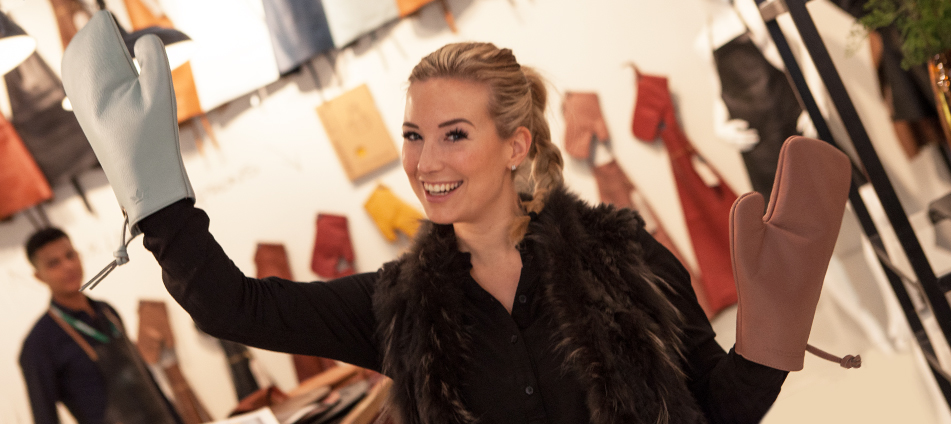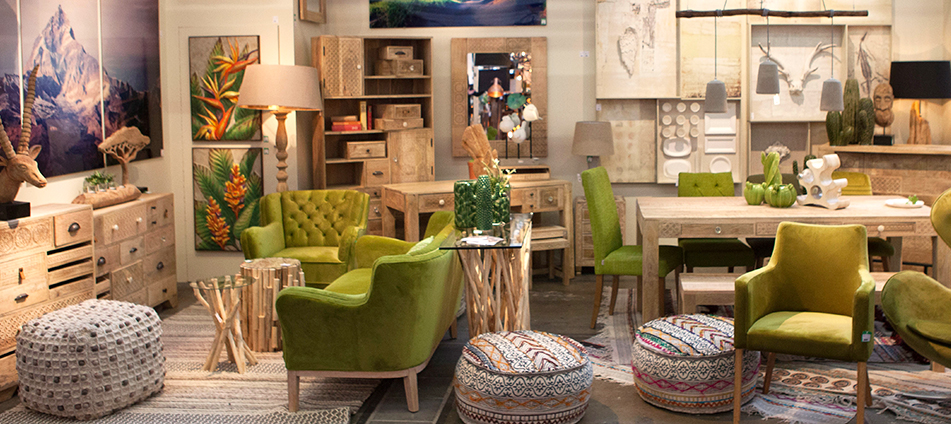That’s Frankfurt all right: even the old town is new. The ‘Neue Altstadt’ is where tradition meets the future at the beating heart of the city, with a mixture of historic and modern buildings providing the architectural highlights. Where once the foundations were laid for the future financial metropolis, now museums, galleries and designer stores offer the wanderer a different cultural experience. Every week there’s something new in this lovely, lively district.
The old town comes back
Visitors to the centre of Frankfurt will soon be able to experience a 19th-century redevelopment, complete with new half-timbered houses, lanes and squares. Fifteen gems of houses have been reconstructed just as they once were, replete with rich decorations. Cafés, restaurants, a coffee roasting house and high-end retail outlets will occupy these and twenty other new buildings. In amongst it all, the Struwwelpeter Museum will introduce visitors to Frankfurt’s best-known picture-book boy. On the Domhügel (Cathedral Hill), where human settlement first began, the old town – a casualty of the Second World War – is now reinventing itself. This is a great opportunity for the area, as the beautiful new surroundings will in turn attract further beautiful developments. So why not join us for a leisurely walking tour interspersed with delicious chocolate, fine art and trendy lifestyle accessories?


2 Schirn Kunsthalle
3 Museum für Moderne Kunst (MMK 3)
4 Museum für Moderne Kunst (MMK 1)
5 Iimori
6 Margarete
7 Bitter & Zart
8 Last Century Modern
9 Branco Azul
10 Naschmarkt am Dom
11 Designer’s House
12 Galerie Braubachstrasse 9
13 Japan Art Galerie
14 Historisches Museum
Markt und Braubachstrasse
At our first stop, real mediaeval walls as thick as a fortress pique our curiosity. But the Cafébar im Kunstverein (at 44, Markt) in the ‘stone-built house’ is far from old-fashioned. An impressive, 4m-high gothic groin vault and airy interior shelter some design classics. It’s where creatives, artists and flâneurs come for lunch. On the other side of the road, the rotunda and glass cupola of the Schirn Kunsthalle top off one of Europe’s most acclaimed exhibition spaces and some of the first façades to be rebuilt in the Neue Altstadt. We can just picture how the emperors processed past on their way to the cathedral for their coronations – the ancient route has been recreated right outside the café, and we can wonder at it from the comfort of the relaxed seating.
We continue down Braubachstraße, where trams share the broad thoroughfare with traffic, towards the Museum für Moderne Kunst (MMK). In the 1920s, the fresh wind of a modern construction project blew through the street: ‘New Frankfurt’. The former central customs office from that time still stands on the corner with Domstrasse. In 1927 it brought sharp angles into the half-timbered old town; now it contains a satellite exhibition space for the MMK. Of course, Braubachstrasse now offers just what you’d expect from a street popular with tourists from around the world: souvenirs, antiques, art, crafts and galleries. Above all, though, it’s known for sweet pastries and chocolate. A French-Japanese pâtisserie Iimori (24, Braubachstrasse) is a real hit. We can’t walk by on the other side and ignore the extravagant display of green tea pralines and what in the US is known as angel food cake. All the produce is home-made, even the must-try lemon tart. There’s nothing quite like this vintage parlour atmosphere, just right for sipping a matcha latte or lunching after a hard day’s shopping.
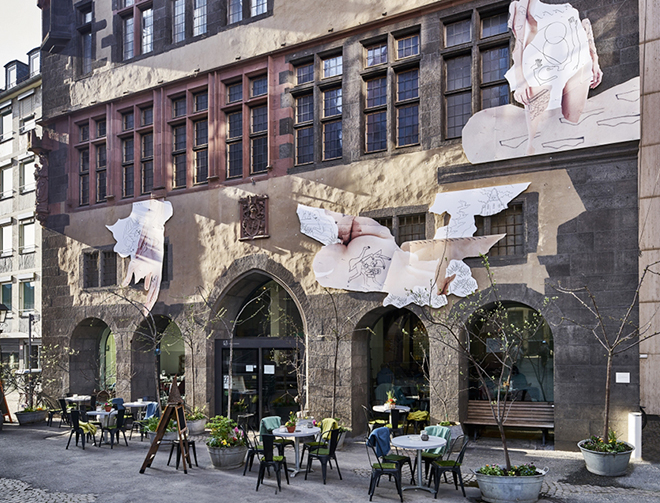
David Schiesser, Icon Flex: Non-Permanent Temples, 2017, Foto: Norbert Miguletz
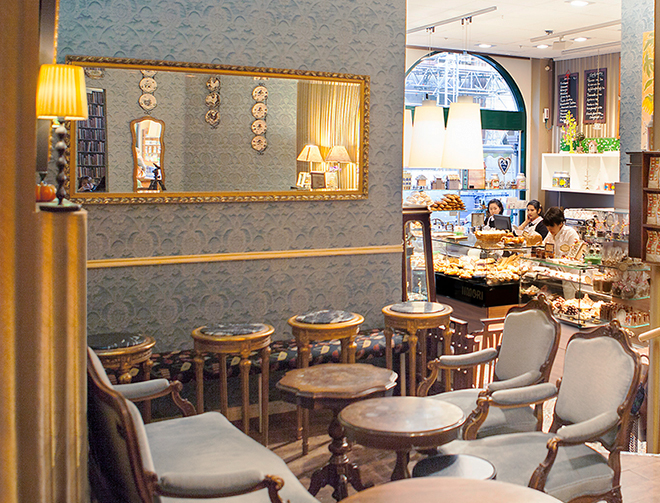
Next door, Restaurant Margarete (18–22, Braubachstrasse) is serving potato soup. It’s not just any old potato soup! This is soup as high art, like everything head chef Simon Horn serves: an unfussy triumph. The eggs for breakfast come from the farm, the noodles are home-made, and most wines come from the local area. This is an institution with a bistro at the front, a restaurant at the back and an exhibition room in the middle that showcases art and literature. Yet, as its creators insist, there’s nothing overblown about it. The restaurant gets its name from the famous architect Margarete Schütte-Lihotzky, who almost a hundred years ago designed the legendary ‘Frankfurt kitchen’.

A few doors down, we look longingly through the windows of Bitter & Zart (14, Braubachstrasse). This imaginative, decorative display of chocolates is the crème de la crème, and now enjoys cult status. The 1920s-style tea and coffee shop is equally photogenic. Cosy booths and corners reminiscent of a traditional Vienna coffee house let customers get comfy, chat and enjoy. Gourmets will think they’re in heaven with these home-made blueberry cakes, tarts and pies, macaroons, original chocolate figures and retro-look boxes of chocolates and sweets. To top it all off, they play hits from the 1920s and 1950s for an old, familiar sound.
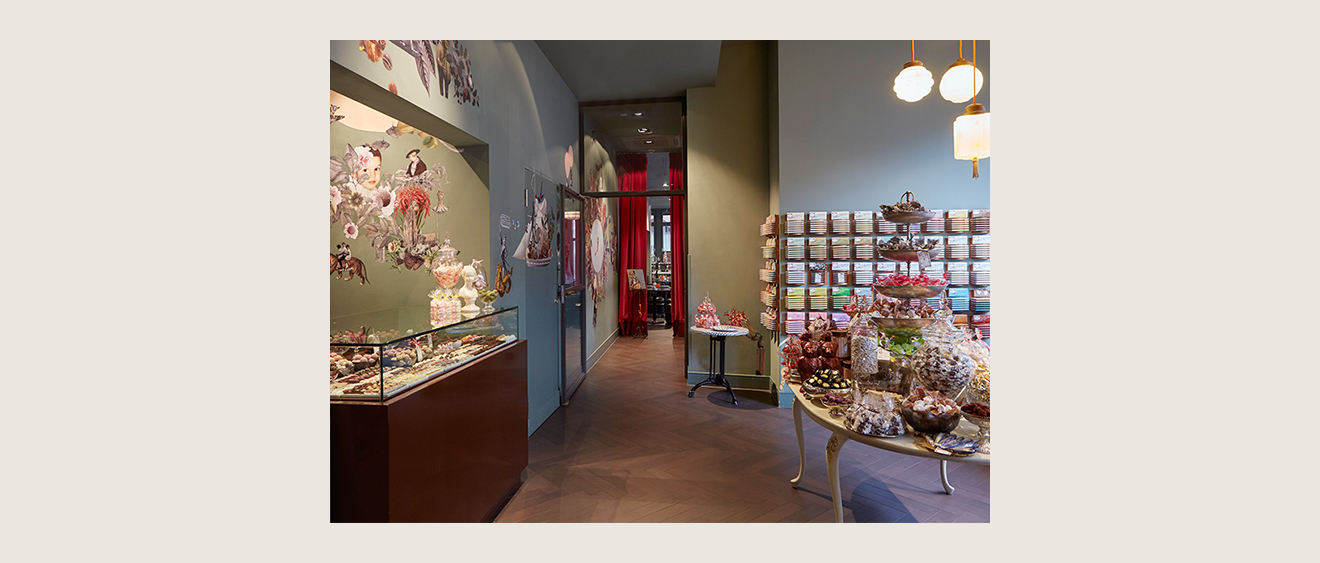
Domstrasse
In high spirits, we continue our journey back in time to nearby Domstrasse. At number 6, the Last Century Modern store mixes classic design objects and curious gadgets with limited-edition comic prints and figures: it’s almost overwhelming. Hundreds of items are arranged on two levels. Taking pride of place are collectors’ items relating to our Belgian heroes Tintin & Snowy, who bravely explore this parallel universe just a stone’s throw from the cathedral. Also available are gentleman’s paraphernalia, rare knives made from an authentic piece of steel from the Eiffel Tower by Forge de Laguiole, perfumes from Philly & Phil, organic scented candles from the States, and all sorts of knick-knacks to remind you of your childhood.
A little further on, we enter a whole new world. At Branco Azul (4, Domstrasse) it feels like summer in Portugal. Lovely landscapes, isolated bays, old towns full of culture and lots of good food to eat. Who wouldn’t want to take that home with them? Items for sale include lively colourful crockery, typical rugs and textiles for bathrooms and kitchens, and wine. The owner has used her insider knowledge to curate a personal selection, mostly hand-picked from small manufacturers and obscure ceramics companies, but also including unique pieces by young designers and established family firms. Tiptoeing between these authentic souvenirs is at least as much fun as strolling along the strand. And directly next door, we spot the Naschmarkt am Dom. Here we find coffee and homemade cake, as well as a wonderful mix of presents, accessories and Hessian specialities.
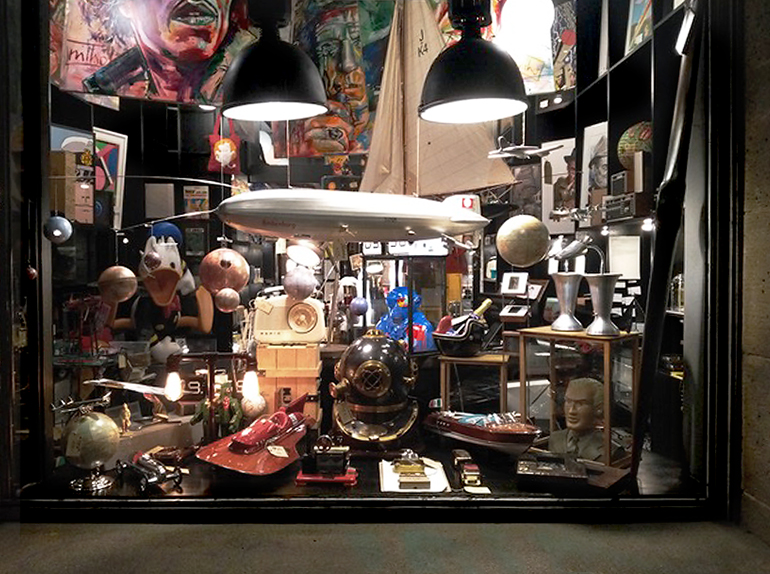

Although the interior architects and decorators at Designer’s House (2, Domstrasse) specialise in big projects such as luxury hotels, their shop offers sophisticated individual interior items to take home. Original lamps, bags, jewellery, vases, leather wallets, furniture and many more home accessories fill the shop window. There’s nothing crazy or garish: instead everything here is aiming for timeless elegance.
Weckmarkt and Fahrgasse
It must be time to take a detour for some contemporary art – let’s turn along Weckmarkt and into Fahrgasse. Galleries have grown up in these quiet side streets, where many modern items are on display behind the post-war façades. Gallery owner Kirsten Leuenroth (15, Fahrgasse) specialises in figurative painting and photography from masterclasses, while Tristan Lorenz (17, Fahrgasse) focuses on video and light installations. Meanwhile, the Galerie Frank Landau (9, Braubachstraße) houses an impressive collection of top-quality mid-century modern design objects. The collection is so sizeable that it’s a real cornucopia of rare items to buy or rent. In the same building, the Japan Art Galerie provides an exotic presence, with a purist atmosphere which is perfectly in tune with the traditional and modern Japanese art presented there. Sculptures, containers, calligraphy and painting demonstrate an intense minimalism.
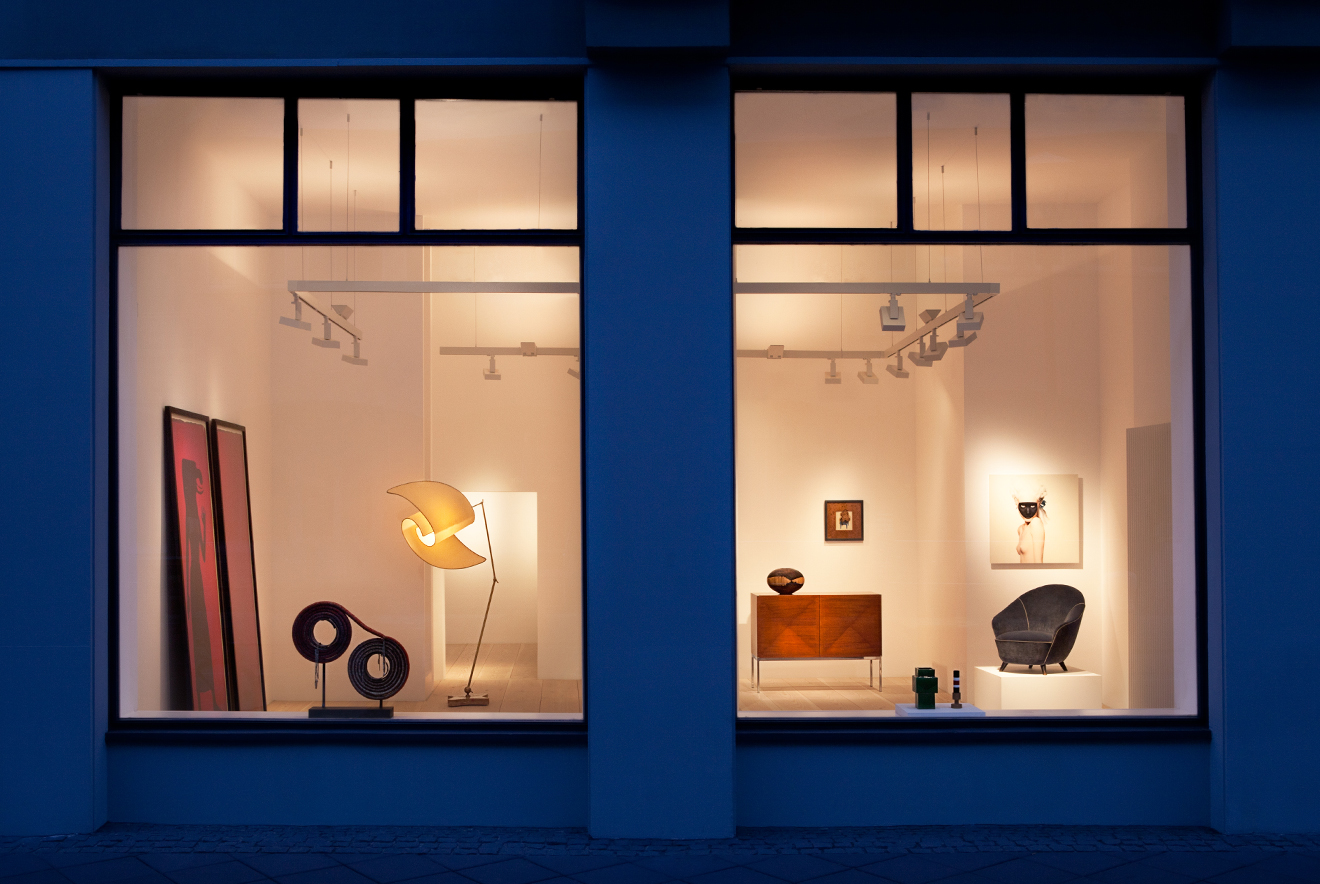
Römerberg
No visit to this area would be complete without a look at the new Historisches Museum (Römerberg/Saalhof). Built to resemble a giant granary storing the city’s precious ‘produce’, this extension is 60 metres long, with four floors and a slate gable roof that casts shadows across the old town. It houses 4,000 square metres of exhibition space, with room for 4,000 objects. Even the entrance adds intrigue: the only way into the building is underground. Once inside, new treasures constantly catch your eye, with themed areas everywhere bringing back memories, and connecting exhibits with stories. In the foyer, a robotic arm hoists enormous ‘snowstorms’ into view. These windows on the worlds where Frankfurt people live were designed by artists, and are way more original than a map. Our favourite piece is the vintage vehicle from Frankfurt’s Adler factory, a racy 1938 model which has found a home on the second floor. In an hour’s tour, you can see the main exhibits. After all this exciting input, we relaxed and raised a glass of Frankfurt crown cake liqueur (Kranz Likör), which we found in this stylish museum café. This is a smooth drink, easily a match in terms of taste for the famous ‘Frankfurter Kranz’ ‘crown’ cake which inspired it.
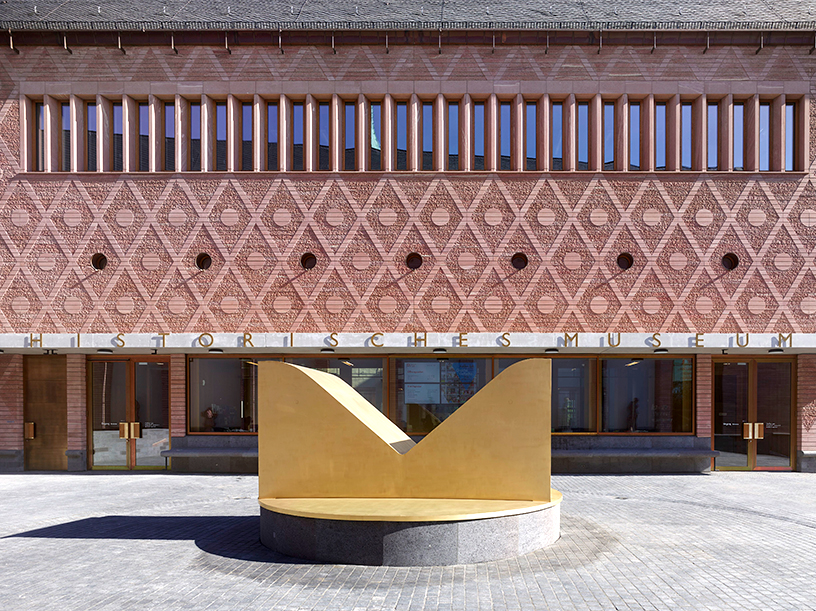
Frankfurt is a metropolis that makes visitors feel good, and the Neue Altstadt at its traditional heart is the district for wandering through: a showcase for Frankfurt’s heartfelt welcome to the world. Ever more unique shops and galleries are opening, alongside ever more ambitious makers and manufacturers, cafés and restaurants. The area may be changing, but the great style remains.
